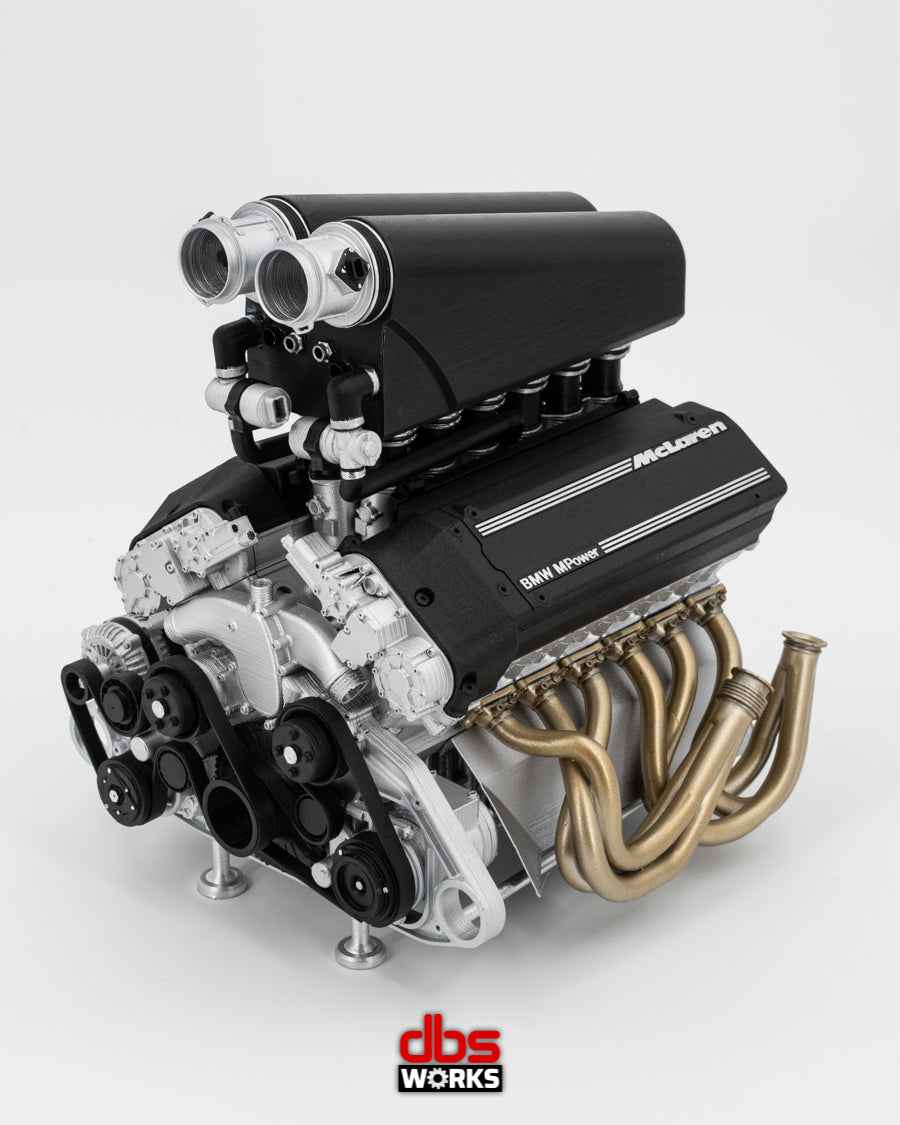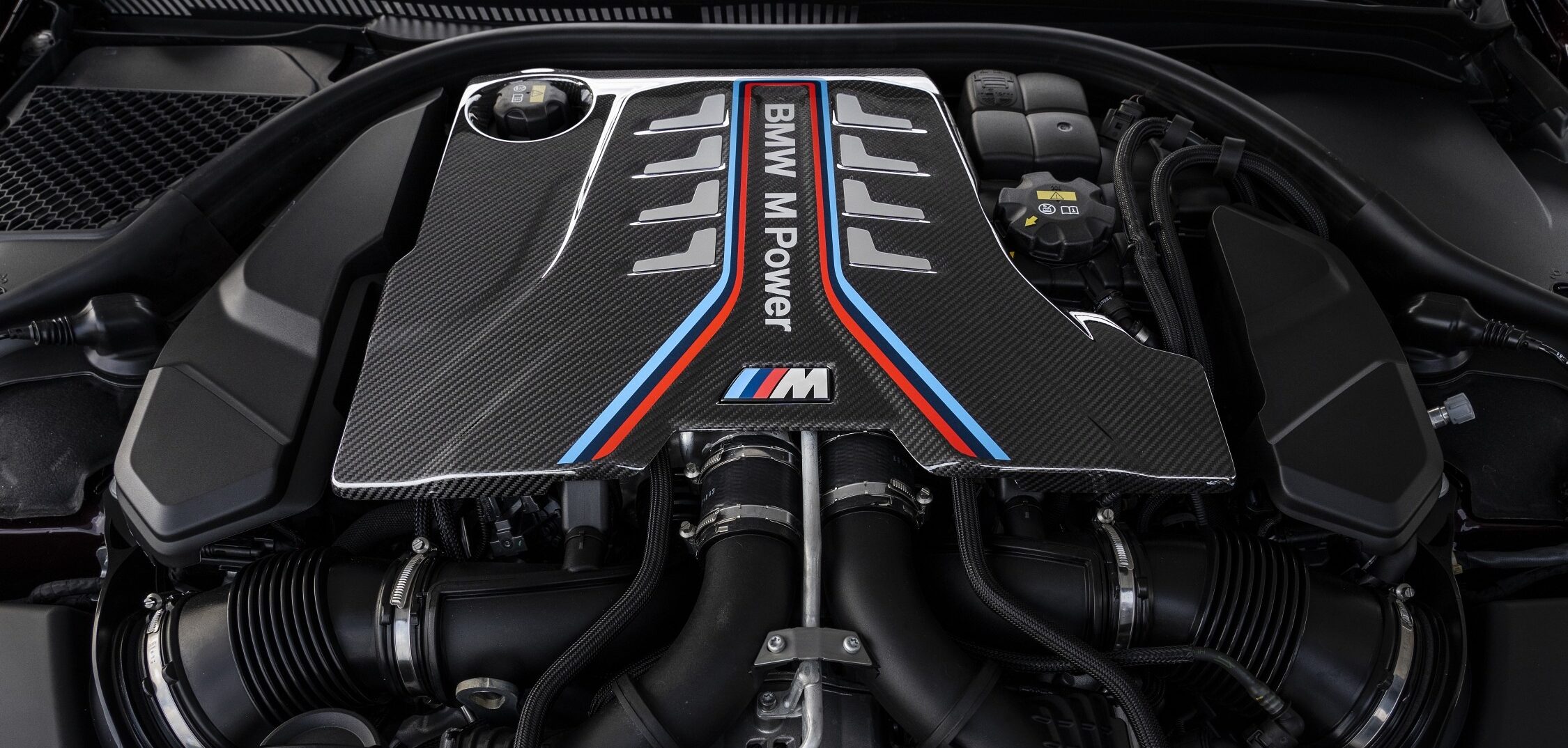The Development of the BMW Engine: A Recall at Iconic Versions
The Development of the BMW Engine: A Recall at Iconic Versions
Blog Article
Discovering the Advancement of Combustion Engines in Modern Transportation Systems
As we browse the landscape of modern-day transport, the advancement of burning engines stands as a testament to human ingenuity and engineering prowess. The interplay of history, technology, and ecological worries in forming the trajectory of burning engines produces a story that is both informative and compelling.
Early Beginnings of Combustion Engines
How did the principle of combustion engines initial arise in the very early phases of transport growth? The roots of combustion engines can be mapped back to the 17th century when the principles of internal burning were first discovered. In 1673, Christian Huygens conceived a basic interior combustion engine that utilized gunpowder to create power. It wasn't till the late 19th century that practical applications of burning engines in transport began to arise.
The breakthrough moment featured the innovation of the initial successful gasoline-powered engine by Karl Benz in 1885 - bmw engine. This engine led the way for the development of the contemporary auto, revolutionizing transportation systems worldwide. Succeeding technologies by Nikolaus Otto and Gottlieb Daimler even more fine-tuned burning engine technology, bring about the automation of vehicles and the fast development of the transport sector
These very early combustion engines were characterized by their simpleness and performance, laying the structure for the complicated and powerful engines utilized in contemporary transportation systems. The evolution of combustion engines has actually contributed in shaping the means we take a trip and move items, noting a considerable turning point in the history of transportation growth.
Shift to Internal Burning Technology
The shift to inner burning innovation marked a critical shift in the development of transport systems. This shift started in the late 19th century, with innovators like Nikolaus Otto and Gottlieb Daimler establishing the first effective interior combustion engines. These engines changed transport by providing a more efficient and effective option to steam engines and electrical motors.
One of the vital advantages of inner combustion engines was their capacity to be scaled down to fit into automobiles, resulting in the growth of bikes and vehicles. This change from bulky, fixed engines to small, mobile ones led the way for the modern transport systems we see today.
The transition to interior burning innovation additionally spurred improvements in fuel modern technology, resulting in the growth of gasoline and diesel as main gas sources for automobiles. This shift not only made transport more available to the masses but additionally laid the structure for the oil and gas market to come to be integral to worldwide economic situations.
Impact of Combustion Engines on Transportation
The adoption of burning engines in transport systems catalyzed a profound change in the performance and speed of worldwide wheelchair. Burning engines transformed transportation by offering a reliable and flexible source of power for various cars, consisting of autos, airplanes, ships, and trucks. This development substantially boosted the ability for individuals and items to conform cross countries in much shorter time structures, bring about increased connectivity in between areas and nations.
Moreover, the extensive use combustion engines has had a considerable influence on financial growth. The capacity to move items successfully has actually stimulated profession and business, enabling companies to expand their markets and reach customers worldwide. This has actually assisted in economic growth and globalization, as items can currently be delivered much faster and in larger quantities than in the past.
Nonetheless, the ecological impact of combustion engines can not be forgotten. The burning of nonrenewable fuel sources has actually led to air pollution and greenhouse gas discharges, adding to climate adjustment and presenting health and wellness risks to populaces. bmw engine. Because of this, there is a growing focus on establishing alternative propulsion modern technologies to alleviate these negative results and produce a more lasting future for transportation
Technologies in Combustion Engine Layout
Many developments in burning engine style have actually pushed the evolution of transport systems over the decades. One significant development is the growth of turbocharged engines, which use exhaust gases to drive a generator that compresses inbound air, permitting even more fuel to be scorched, resulting in boosted power result without a considerable rise in engine size. Furthermore, direct injection modern technology has enhanced gas efficiency and efficiency by specifically managing the quantity and timing of gas injected right into the burning chamber. Variable valve timing systems have actually also transformed engine layout by optimizing air more flow at various engine rates, enhancing both power and effectiveness. Another considerable innovation is the integration of lightweight materials such as carbon fiber and light weight aluminum alloys, reducing overall engine weight and boosting vehicle fuel economic climate. In addition, advancements in computer-aided style have actually made it possible for designers to optimize engine performance and effectiveness with simulations prior to physical models are constructed, saving time and resources in the development process. These innovations collectively contribute to the continuous improvement of combustion engines in modern-day transport systems.
Future Trends in Burning Engine Growth
With Click Here innovation developments driving continuous technology, the future of burning engine development is positioned to reinvent transportation systems globally. Among the crucial trends in burning engine advancement is the push in the direction of higher efficiency and lowered discharges. Manufacturers are spending heavily in r & d to enhance engine efficiency while meeting rigid environmental laws. This includes the integration of innovative fuel injection systems, boosted turbocharging methods, and the usage of site here lightweight products to optimize gas consumption and minimize carbon emissions.
An additional popular trend is the fostering of crossbreed technologies in combustion engines. Hybrid engines integrate traditional burning modern technology with electric power, supplying improved fuel performance and lower emissions. As the vehicle sector changes in the direction of electrification, hybrid burning engines are seen as a transitional solution that bridges the space in between standard vehicles and fully electric ones.
Additionally, the assimilation of clever modern technologies, such as synthetic intelligence and data analytics, is expected to play a considerable function in the future of burning engine advancement. These innovations can enhance engine efficiency in real-time, causing extra reliable burning procedures and improved general car performance. Accepting these future patterns will not only drive development in combustion engine development yet additionally add to an extra lasting and ecologically friendly transport ecological community.

Conclusion
Finally, the evolution of burning engines in modern transport systems has actually been noted by substantial innovations in modern technology and layout. From the very early starts of burning engines to the shift to interior combustion technology, these engines have had a profound effect on transport. Technologies in burning engine style continue to drive development in this field, with future trends concentrating on more enhancing effectiveness and decreasing emissions. The future of burning engines in transport looks appealing as r & d initiatives proceed to push boundaries.
The origins of burning engines can be traced back to the 17th century when the concepts of internal burning were very first explored. These engines changed transportation by offering a much more efficient and effective alternative to vapor engines and electric motors.

Report this page